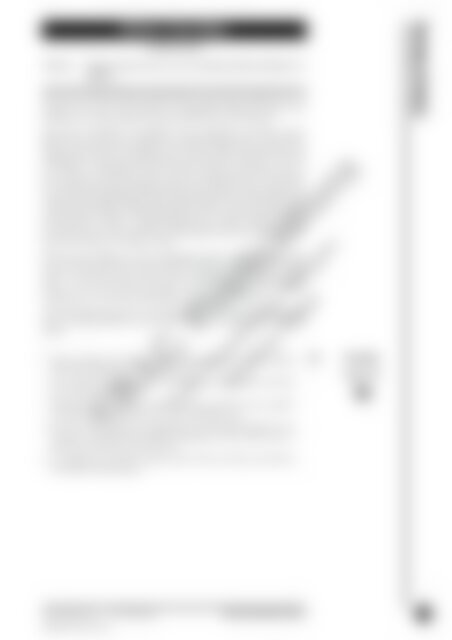RIC-0667 Aboriginal Cult 5-6
You also want an ePaper? Increase the reach of your titles
YUMPU automatically turns print PDFs into web optimized ePapers that Google loves.
Indicator:<br />
Other Families<br />
Teachers Notes<br />
Recognises that everyone is part of a family and that all families are<br />
different.<br />
This section will help students understand that everyone has a family, but not all<br />
families are the same. Some families are extended like <strong>Aboriginal</strong> families, some<br />
families do not all live together and some families have only one parent.<br />
All cultures are different, with different values and beliefs, and family customs<br />
differ across many cultures and faiths. For example, Muslims pray at various times<br />
during the day and fast at specified times of the year. Balinese people believe that<br />
offering gifts to their gods will bring them good fortune. Customs are a part of<br />
every culture. In <strong>Aboriginal</strong> society, customs are still practised today that have<br />
been practised for many thousands of years. The kinship system is an important<br />
way to classify and distinguish <strong>Aboriginal</strong> families and relatives. The kinship system<br />
provides the <strong>Aboriginal</strong> people with an extended family, as the whole group is seen<br />
as family. Because of this, an <strong>Aboriginal</strong> child may refer to several women as ‘mother’<br />
and several men as ‘father’. In non-<strong>Aboriginal</strong> society, usually a child refers to his/<br />
her birth parents as mother and father. In <strong>Aboriginal</strong> societies, the siblings of their<br />
parents are referred to as ‘Mum’ or ‘Dad’.<br />
This may seem complex to us, but to <strong>Aboriginal</strong> people it is a simple way by which<br />
they can work out where they stand in relation to others in their group. For example,<br />
‘Aunt’ is a term that may be used to refer to the father’s sister. <strong>Aboriginal</strong> people<br />
believe it is the role of aunts and uncles to teach the children about rules and<br />
punishments. It is also their responsibility to discipline the children.<br />
Most <strong>Aboriginal</strong> families have an extended family unit. In many cases, a grandchild<br />
may live with grandparents, aunts and uncles as well as his/her own immediate<br />
family.<br />
• Discuss families with the class again. Display pictures of various families<br />
taken from magazines or personal photos etc.<br />
• Give students the opportunity to talk about their own families and what<br />
they enjoy doing with them.<br />
• Talk about special birthdays, Christmas, Easter and times spent together<br />
with other family members such as aunts, grandparents etc.<br />
©R.I.C. Publications<br />
Low Resolution Images<br />
Display Copy<br />
• You may wish to organise for a grandparent or other family member to visit<br />
the class to talk about their family. (Grandparent’s Day, Father’s Day or<br />
Mother’s Day themes are good for this.)<br />
• To complete the worksheet, students need to draw a line from each child to<br />
the family he/she belongs to.<br />
Families<br />
(page 32)<br />
<strong>Cult</strong>ural Identity<br />
www.ricgroup.com.au R.I.C. Publications 31Australian <strong>Aboriginal</strong> <strong>Cult</strong>ure 31<br />
ISBN 978-1-86311-807-1


















